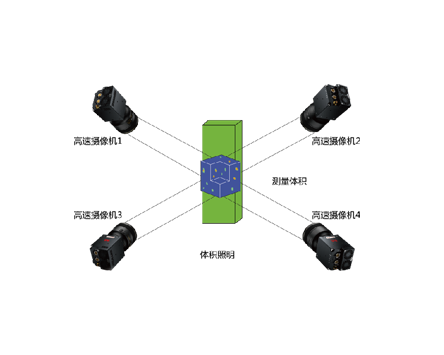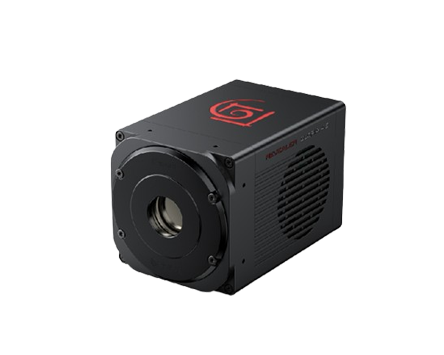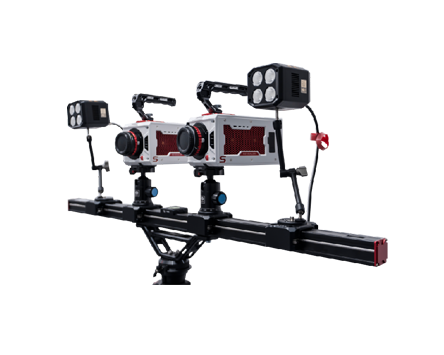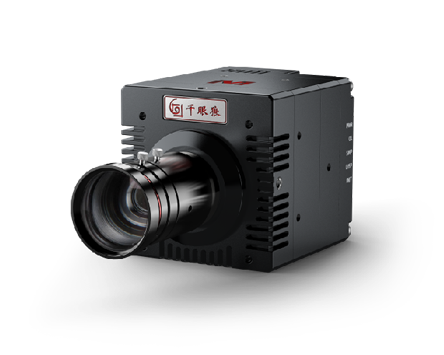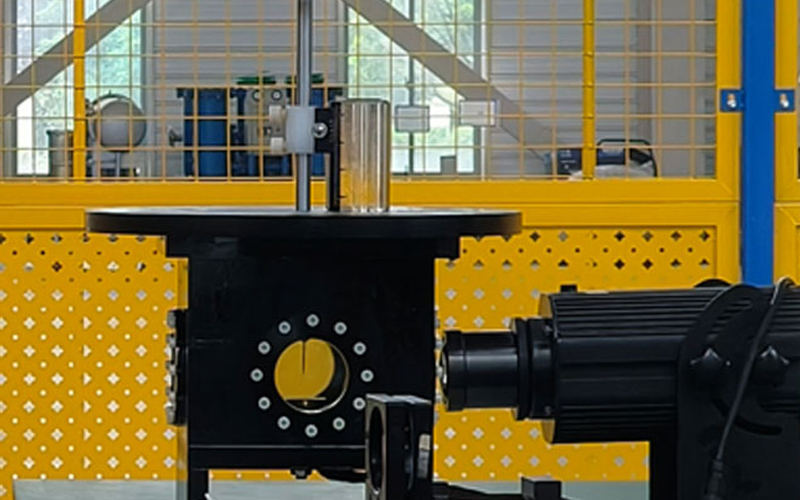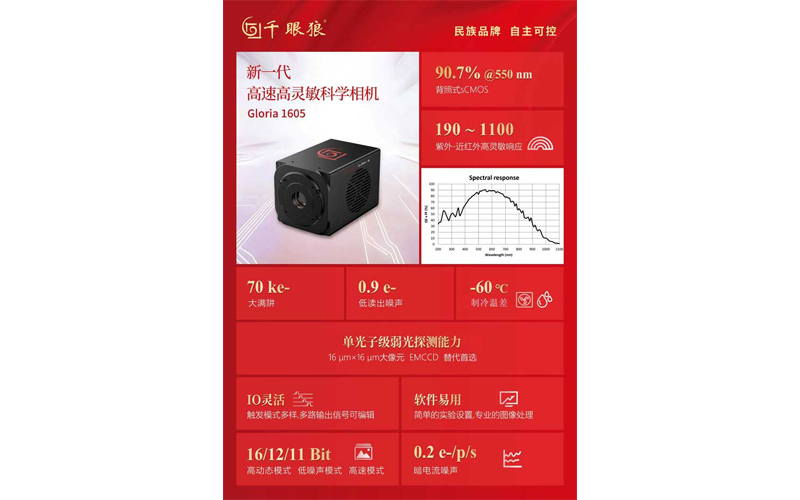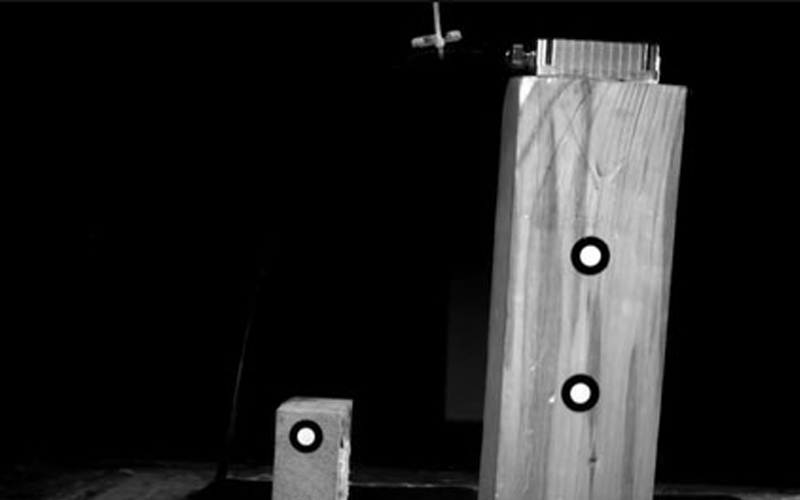
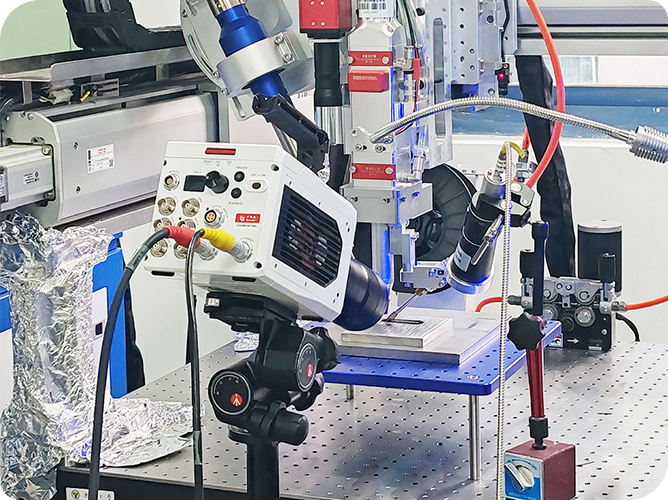
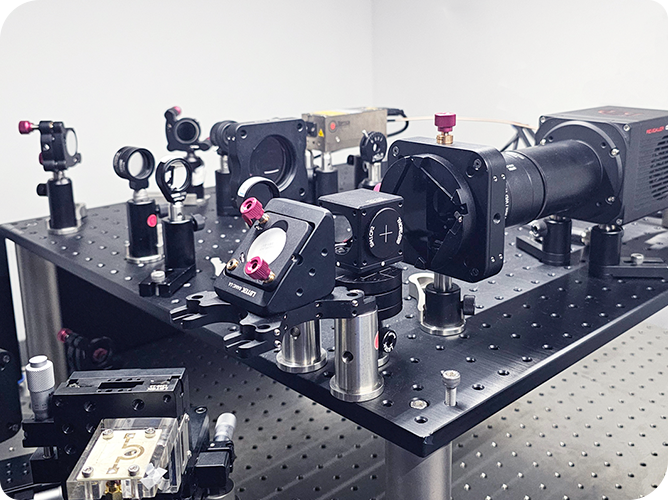
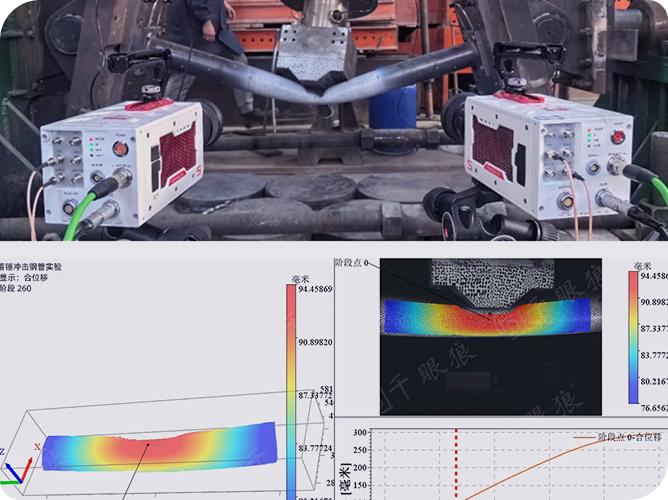
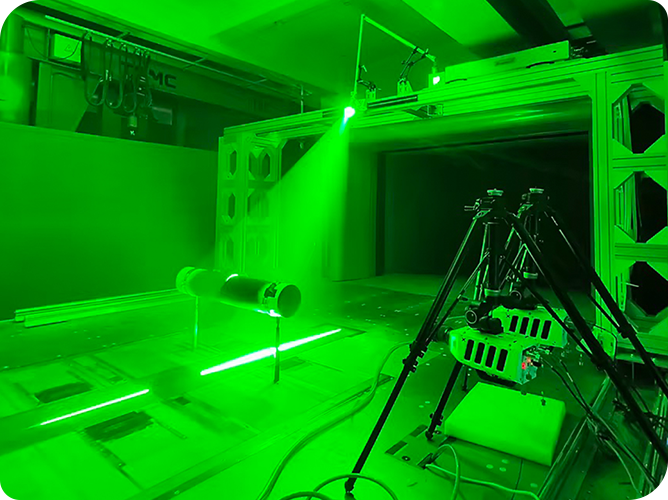
Digital Image Correlation (DIC) is a key technology for studying the mechanical properties of materials and analyzing the strain of complex structures in the fields of materials science, aerospace, civil engineering, etc. Global DIC is widely used in complex working conditions (such as crack propagation and deformation of composite materials) because of its advantage of providing continuous deformation information of the entire field. However, the calculation complexity of global DIC is high, and the single-core calculation of the CPU takes a long time, which has an efficiency bottleneck.
Global DIC is a technology that analyzes the displacement field and strain field of the entire field by matching the entire image as a whole. Compared with local DIC, global DIC can provide continuous deformation information and is suitable for scenes such as large displacement, complex strain and cracks. In the global DIC calculation, the image is divided into multiple sub-areas, each of which corresponds to a finite element node. The number of these sub-areas may reach hundreds of thousands or even more. The parallel computing capability of the GPU enables the calculation of all sub-areas to be performed simultaneously, thereby greatly shortening the processing time.
The specific acceleration steps are as follows:
1) Data preprocessing, input the image data and sub-area grid position information into the GPU.
2) Parallel calculation, the GPU core processes the finite element node data of each sub-area simultaneously.
3) Result output, return the calculation results to the host, and generate the full-field displacement field and strain field.
In order to verify the actual effect of GPU accelerated global DIC, Qianyanlang engineers designed four sets of experiments based on the comparison between NVIDIA RTX 4070 GPU and i7-13790F CPU, covering four typical scenarios:
Scene 1: Simulation-Large Image Stretching
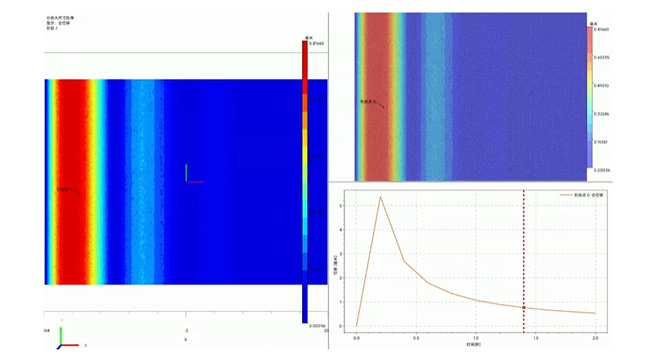
Data scale: 489982 calculation points for step 5, 122700 calculation points for step 10, and 54600 calculation points for step 15.
Calculation results: The CPU cannot complete the calculations for step 5 and step 10, and the GPU speeds up 101 times more than HKUST for step 15.
CPU calculation time s | GPU calculation time s | Speedup | |
Step 5 - Calculation points 489982 | Unable to calculate | 46.43 | / |
Step 10 - Calculation points 122700 | Unable to calculate | 14.02 | / |
Step 15 - Calculation points 54600 | 905.27 | 8.88 | 101 |
Scene 2: Stretching with holes
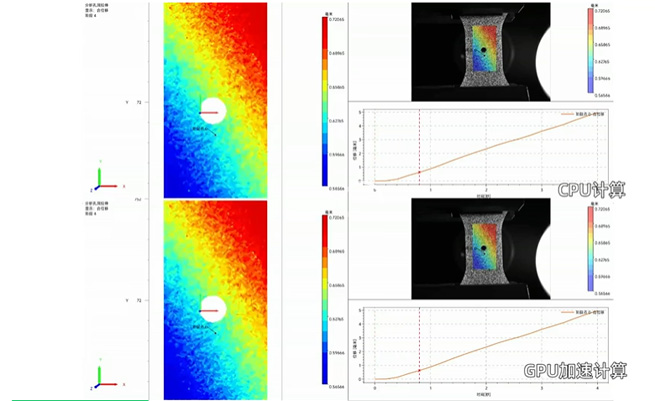
Data scale: 36430 calculation points for step 5, 9211 calculation points for step 10, and 4124 calculation points for step 15.
Calculation results: GPU acceleration ratios are 44.6 times, 35 times, and 30 times, respectively, significantly improving calculation efficiency.
CPU calculation time s | GPU calculation time s | Speedup | |
Step 5 - Calculation points 36430 | 618.192 | 13.837 | 44.6 |
Step 10 - Calculation points 9211 | 289.526 | 8.274 | 35 |
Step 15 - Calculation points 4124 | 216.471 | 7.192 | 30 |
Scenario 3: Material stretching
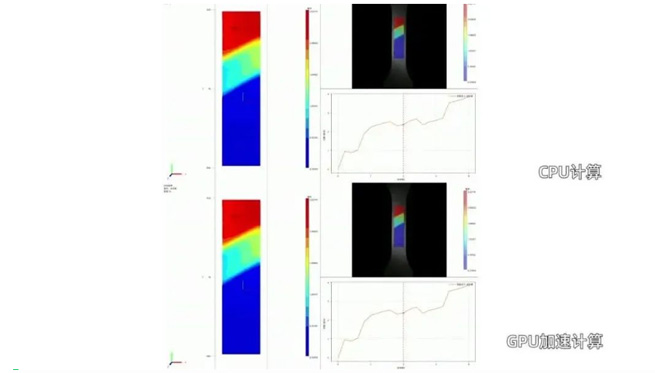
Data scale: 8055 calculation points for step 5, 2070 calculation points for step 10, and 900 calculation points for step 15.
Calculation results: GPU acceleration ratios are 22.2 times, 12.8 times, and 12 times, respectively, and the calculation time is greatly shortened.
CPU calculation time s | GPU calculation time s | Speedup | |
Step 5 - Calculation points 8055 | 113.559 | 5.117 | 22.2 |
Step 10 - Calculation points 2070 | 46.979 | 3.669 | 12.8 |
Step 15 - Calculation points 900 | 33.944 | 2.823 | 12 |
Scene 4: Squeezing the disc
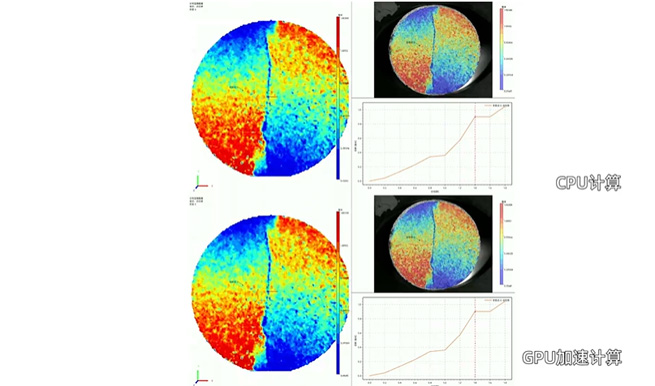
Data scale: 12403 calculation points for step length 5, 3102 calculation points for step length 10, and 1371 calculation points for step length 15.
Calculation results: The GPU acceleration ratios are 47 times, 63.9 times, and 76.5 times, respectively, showing excellent acceleration performance.
CPU calculation time s | GPU calculation time s | Speedup | |
Step 5 - Calculation points 8055 | 95.807 | 2.028 | 47 |
Step 10 - Calculation points 2070 | 58.344 | 0.913 | 63.9 |
Step 15 - Calculation points 900 | 58.717 | 0.767 | 76.5 |
Through the comparison of four sets of experiments, compared with the traditional CPU, the GPU acceleration method has greatly improved in accuracy, efficiency and applicability.
1) Accuracy: The strain cloud map comparison shows that the results after GPU acceleration are consistent with the CPU calculation results, ensuring data accuracy.
2) Efficiency: The calculation speed of GPU-accelerated global DIC is 10 to 70 times faster than that of CPU, which significantly shortens the processing time.
3) Applicability: Whether it is simulation data or real-shot data, GPU acceleration can be completed efficiently.
The breakthrough of GPU-accelerated global DIC technology not only solves the efficiency bottleneck of traditional calculation methods, but also brings new breakthroughs in the fields of materials science, aerospace, and civil engineering. GPU acceleration can be applied to:
Real-time monitoring: Real-time monitoring of material deformation on industrial production lines and optimization of process flow.
Complex structure analysis: Efficient analysis of complex scenes such as crack propagation and composite material strain.
High-precision research: Support full-field measurement of high-resolution images to provide more accurate data support for scientific research.
GPU-accelerated global DIC technology is expanding the efficiency boundary of digital image correlation DIC. Revealer engineers will continue to iterate and evolve, injecting new vitality into scientific research and engineering practice.
